Our lovely sponsors this week:
Green Chef

For 50 dollars off your first box of Green Chef, go to GreenChef.us/verypink.
Lola
Visit mylola.com and enter the code verypink to receive 40% off your subscription.
Casey’s website is kcknits.com.
To get your knitting question on the show, just email it to podcast@verypink.com.
Things we talk about in this episode:
Rodeo Drive Poncho
The cardigan Casey is working on
All of the VeryPink Knits Podcast episodes, starting with little tiny baby Episode 1
Storing Knits for Summer
Something I forgot to say about negative ease and socks! Knitting socks too short will result in socks that wear out faster in the toe and heel, because of the pressure put on those spots. Be sure to invest in patterns that tell you when to start the toe/heel based on your foot size, so there is no guess work.

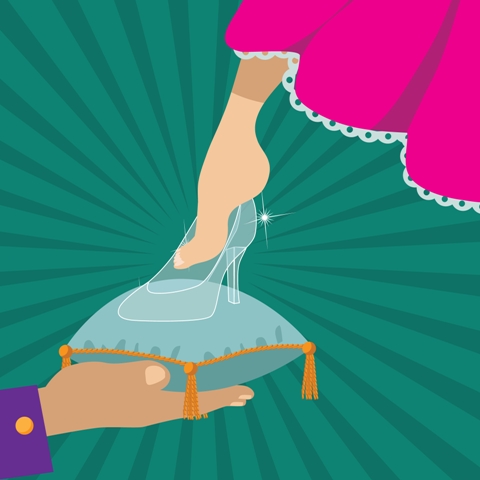
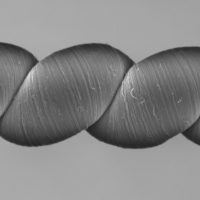

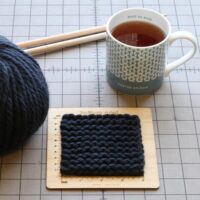
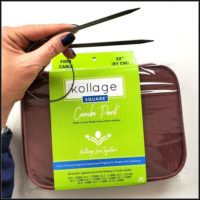
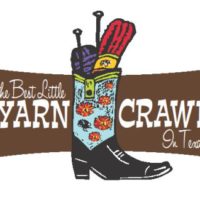
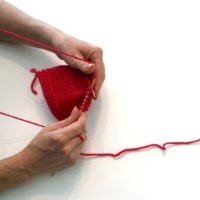
Who all lives in Alaska? Is that where you are from? If yes, do you miss it?
My whole family still lives there, I’m the only one who left. I do miss it, especially the ocean!
S t a c i
wow, from Alaska to Texas! Culture shock? 🙂
I wanted to comment on the crochet question. What actually sucked me in to the yarn arts was that I wanted a crochet minion hat for my 1.5 yo sons Halloween costume 5 years. I successfully made the hat (no previous crochet experience) with a free pattern (yes, crocheters are all about the free patterns!). However, I t had this awful looking seam that slanted down the back as a result of slip stitching my round together and chaining up for the next row. So down the technique rabbit hole I went and a few years later I have branched into knitting. LOL Crochet Ever After on YouTube is a crochet version of VP. So go down the rabbit hole of how you can minimize that seam or work in a spiral, how to reduce jogs, etc. =)
Hello,
I’m allergic to dust mites and I’ve never had any problem with my yarn. My knitted clothes however sometimes make me sneeze when I take them out of storage. I wash them before storage, store them in air tight containers, but I might have to wash them again before wearing them. Once this is done, I’m fine.
My doctor told me that steam is totally inefficient against dust mites : the heat is not high enough and they thrive on the moisture. Would you find the need to do so, it is better to dry heat wool in the oven (around 100°C or 210°F). It’s also a good way to sterelize wool hat and scarf if you have (sorry : more gross stuff to come) a lice problem with your kids.
Thank you, Emilie – good info!
S t a c i
My mum used knitting machines for some 55 years. In the beginning her main reason for using a knitting machine was she had 4 children under five and there was no way she could crank out hand knitted jumpers and cardigans, hats, mittens etc in time for us to all be clothed warmly in a season. She progressed to doing out work and knitted school jumpers for most of the kids in the neighbourhood and through the years did casual outwork for local designers. She became a kind of a knitting machine guru and the curator of retired machines and yarns from various sources when people downsized or passed away. It became her passion. She did have an electric one and would “set and forget” up to a point, as long as she programmed it properly, Her machines were all “home knitting machines” and when she died she had 5 machines and a tonne of quite fine yarn. I have one of them and a small-medium quantity of her yarn. I have not yet used the machine but she did tell me of sock designers/knitters who would knit up a large piece of stocking/stockinette stitch on a machine and then space dye it, unpick the knitting and knit socks. She created some pretty awesome things for other people but I truly treasure and cherish my two angora jumpers she made me before she became ill. When I wear them it is a little like getting a hug from my mum. She did hand knit as well but not a prolifically as the machine knitting. It is a whole different way of thinking in terms of knitting and there are a lot more tools involved. Difficult to watch tv when using a knitting machine. I enjoyed hand knitting things she could not knit on a knitting machine, blankets mainly because there are only so many stitches on a knitting bed, but she could crank out a baby blanket in a couple of hours whereas it takes me 40 days at 10 or so rows a day to make a big one. I have channeled my mums habit of waffling on too long. Hope the info is useful. Enjoy all things on your website, videos and podcast immensely, thank you.
I’m allergic to cats as well and in me, Megan’s mileage may vary, that’s also translated into an allergic type reaction to mohair and angora and slightly with yak. The reaction being a tightness in my throat and coughing reaction to using the yarns with the fibers like that. When the materials are finished objects, I’m more able to have a pleasant experience with them (breathe easier).
She may want to be careful with anything that is similar to the allergens she knows of. Most tests don’t test for mohair, angora, or camelids fibers.
2 comments/thoughts after listening to this podcast today.
Older episodes on androids – I listen to them on Spotify, and I can still access all the way back to Episode 1. I am on a paid subscription for Spotify though. I am not sure if it varies with the free version.
Dust mites – I am also severely allergic. I don’t have issues with wool.
People with dust mite allergies may also want to try/get in the habit of putting their stuff out to bake in the sun. Dust mites (not a parasite) need moisture so drying things out can definitely help deter that. The moisture regulating properties of wool actually help people with their dust mite allergies.
I tend to use a lot of superwash, for a few reasons. Reasons I love superwash:
– I am lazy. I like the convenience of being able to have a basket collect all my family’s knits, and then do a wash/dry of them. (Or for socks/kid hats/mitts…they go in with our regular laundry ?)
– I inevitably end up with food/toothpaste/boogs/coffee on myself at some point throughout the day. Wish I could blame this all on my kids…
– my allergist said washer and dryer helps with some of my allergens (dust mites, pollens, animal danders etc). The shaking loose and rinsing in the wash, and then the heat/shaking loose in the dryer.
Hope this helps!